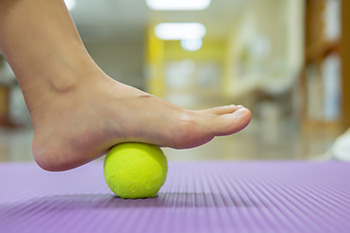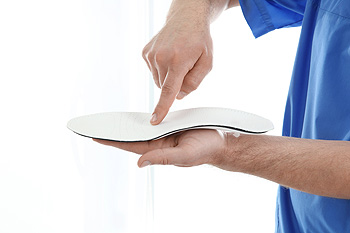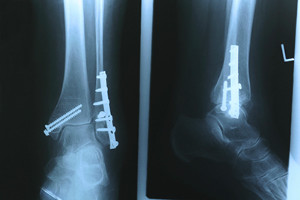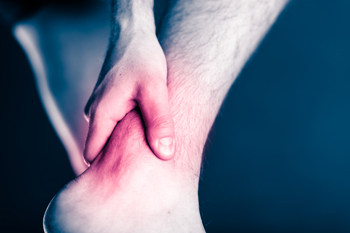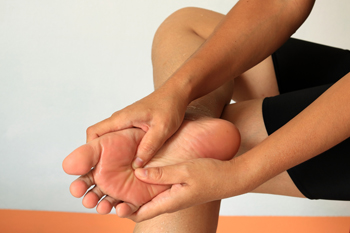
Nerve pain in the feet, manifesting as a burning, tingling, or electric shock-like sensation, can be debilitating and impede daily activities. It can emerge at night or during specific actions, often linked to conditions like Morton’s neuroma, which causes thickened tissue around nerves. It may also be indicative of tarsal tunnel syndrome, where nerve compression triggers sharp, shooting pains. Diabetic neuropathy begins with pain in the toes that can expand upwards. Causes for these nerve issues vary, including factors like wearing ill-fitting shoes, physical injuries, and systemic health issues like diabetes, obesity, or infections. Treatment strategies depend on the underlying cause. If you have nerve pain in your feet, it is suggested that you make an appointment with a podiatrist to obtain a diagnosis and treatment. This can help prevent the progression of potential conditions and enhance your quality of life.
Neuropathy
Neuropathy can be a potentially serious condition, especially if it is left undiagnosed. If you have any concerns that you may be experiencing nerve loss in your feet, consult with Alex Kim, DPM from AVID Foot & Ankle Center. Our doctor will assess your condition and provide you with quality foot and ankle treatment for neuropathy.
What Is Neuropathy?
Neuropathy is a condition that leads to damage to the nerves in the body. Peripheral neuropathy, or neuropathy that affects your peripheral nervous system, usually occurs in the feet. Neuropathy can be triggered by a number of different causes. Such causes include diabetes, infections, cancers, disorders, and toxic substances.
Symptoms of Neuropathy Include:
- Numbness
- Sensation loss
- Prickling and tingling sensations
- Throbbing, freezing, burning pains
- Muscle weakness
Those with diabetes are at serious risk due to being unable to feel an ulcer on their feet. Diabetics usually also suffer from poor blood circulation. This can lead to the wound not healing, infections occurring, and the limb may have to be amputated.
Treatment
To treat neuropathy in the foot, podiatrists will first diagnose the cause of the neuropathy. Figuring out the underlying cause of the neuropathy will allow the podiatrist to prescribe the best treatment, whether it be caused by diabetes, toxic substance exposure, infection, etc. If the nerve has not died, then it’s possible that sensation may be able to return to the foot.
Pain medication may be issued for pain. Electrical nerve stimulation can be used to stimulate nerves. If the neuropathy is caused from pressure on the nerves, then surgery may be necessary.
If you have any questions, please feel free to contact our office located in Little Elm, TX . We offer the newest diagnostic and treatment technologies for all your foot care needs.


